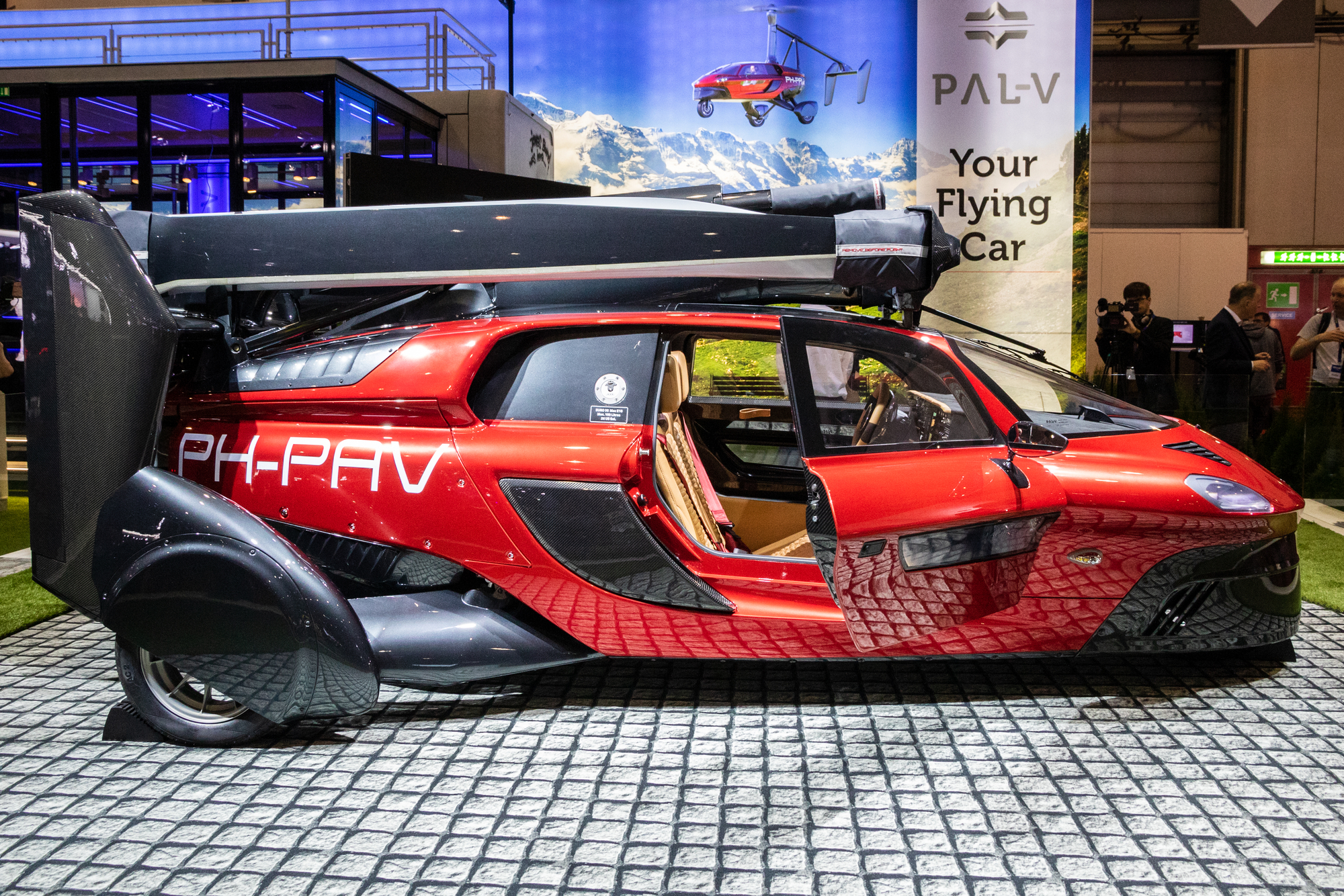In the heart of modern cities where the hustle and bustle never ceases, urban mobility remains a critical challenge. Congested streets, environmental concerns, and the quest for efficiency are driving cities worldwide to rethink transportation. This article delves into the innovative urban mobility solutions that are shaping the future of city commuting, focusing on sustainability, technology, and inclusivity.
The Urban Challenge
Today’s urban centers are more congested than ever, leading to longer commutes, increased pollution, and heightened stress levels for residents. As David Fink, an urban planning expert at CityFuture, points out, “The traditional car-centric approach is no longer sustainable. We need smarter, cleaner, and more efficient solutions.”
Micro-Mobility: Small Vehicles, Big Impact
One of the most significant trends in urban mobility is the rise of micro-mobility – the use of small, lightweight vehicles like electric scooters, bicycles, and e-bikes. These options offer an eco-friendly alternative to cars for short-distance travel. Cities like Amsterdam and Copenhagen are leading the way, with extensive bike lanes and rental services making cycling a convenient option for many.
Public Transit: The Backbone of Urban Mobility
Despite the rise of new options, public transit remains the backbone of urban mobility. Modernizing and expanding public transit systems can significantly reduce reliance on private vehicles. Innovations like contactless payments, real-time tracking, and integrated ticketing systems are enhancing the convenience and efficiency of public transport.
Shared Mobility: A Collaborative Approach
Car-sharing and ride-sharing services are transforming urban transport by offering flexibility without the need for vehicle ownership. Shared mobility isn’t just about convenience; it’s about reducing the number of cars on the road and cutting down emissions.
Autonomous Vehicles: The Future is Near
Autonomous vehicles (AVs) hold immense potential for urban mobility. They promise to reduce traffic congestion and improve safety. Pilot projects in cities like Singapore and Pittsburgh are testing the feasibility of self-driving cars in an urban context.
Integrating Different Modes of Transport
The key to effective urban mobility lies in integrating various modes of transport. This approach, known as Mobility as a Service (MaaS), allows users to plan, book, and pay for multiple types of transportation through a single platform. It’s a concept that’s gaining traction in cities like Helsinki and Vienna.
Addressing the Last-Mile Problem
Solving the ‘last-mile’ problem, the final leg of a journey, is crucial. Innovations like e-scooter sharing and on-demand shuttle services are bridging this gap, making it easier for people to reach their final destinations from transit hubs.
Overcoming Challenges
While these solutions offer promise, challenges remain. Regulatory hurdles, infrastructure development, and ensuring equitable access to mobility solutions for all city dwellers are critical issues that need addressing.
Urban mobility solutions are at the forefront of shaping sustainable, efficient, and livable cities. By embracing innovation and fostering collaboration among various stakeholders, cities can tackle the challenges of urban transportation. As we move forward, the journey toward seamless, sustainable urban mobility continues to evolve, offering a glimpse of a more connected and environmentally friendly urban future.














